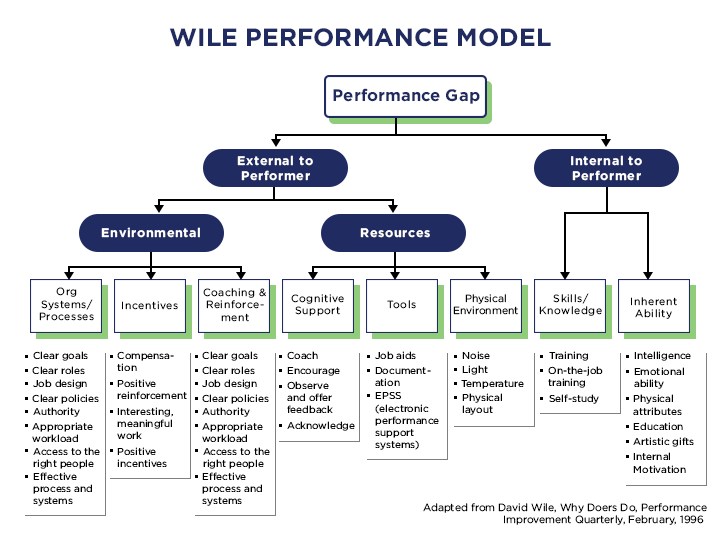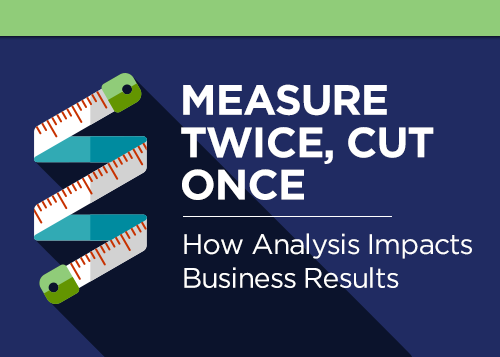
“We need training on _____”
As a company that creates custom learning solutions, many of our conversations start something like this. A client comes to us with a specific need, a deadline and maybe even an idea of what needs to be produced. It’s our job to find out what the real story is.
In the short term, the need seems simple. Maybe your company has just merged and there is a push to get a more consistent look and feel across a wide range of eLearning. Or perhaps the National Sales Meeting is three months away and you need to make reps excited to sell your newest product. You’re hearing things about “mobile” and feel like the training you deliver to your customers should be more “modern”, but you aren’t quite sure what that really means or what problem you are actually trying to solve.
This is why analysis is so important. It’s an essential, yet often overlooked, part of the process of creating a truly impactful learning solution.
One Story, Many Meanings
At the beginning of a project, clients will give us a picture of what “reality” is. They will tell us the problem they are having, what employees need to be doing differently and why it isn’t happening. They know they are having symptoms, but they may not be able to immediately pinpoint the underlying cause. Or they may think they know the cause when other factors are also causing the performance gap.
We listen to these stories to look for the desired outcome, then make it our mission to uncover what behaviors, knowledge and skills are needed to reach that outcome.
In other words, we look for a performance gap: the real star of the story.
Training is Just Part of It
We love to create interactive eLearning courses, elegant mobile apps and engaging game-based learning, but these solutions by themselves are seldom enough to solve a performance issue. Any good Human Performance Technology (HPT) model will show you that there are many factors external to the performer that impact their performance. We like to use David Wile’s model with our clients:

In our 2016 Learning and Remembering Survey, 16% of respondents cited an organizational issue, aka something external to the performer, as the primary challenge they face when delivering meaningful training. Many other responses, such as having too much complex content or lots of regulation, are also somewhat external to what training can “fix”.
Take the Time for Analysis
A well-conducted analysis is a crucial step when you truly want to solve a performance issue. A good analysis will:
- Find out what results a job is supposed to produce for the company.
- Identify if it is something that can be trained.
- Look at internal and external factors that impact performance.
- Identify what impacts results and what does not.
- Separate fact from opinion.
Of course, you must choose the right type of analysis to conduct depending on the business need.
Watch “Measure Twice, Cut Once”
I partnered with Stephanie Sullivan to deliver a presentation called Measure Twice, Cut Once: How Analysis Drives Training and Business Results. You can view the recording of the webinar below!
[av_one_half first]
[av_button_big label=’Watch Webinar’ description_pos=’below’ link=’page,12691′ link_target=” icon_select=’yes-left-icon’ icon_hover=’aviaTBicon_hover’ icon=’ue897′ font=’entypo-fontello’ custom_font=’#ffffff’ color=’custom’ custom_bg=’#90cc79′ color_hover=’custom’ custom_bg_hover=’#a2cc92′][/av_button_big]
[/av_one_half]
[av_one_half]
[/av_one_half]




